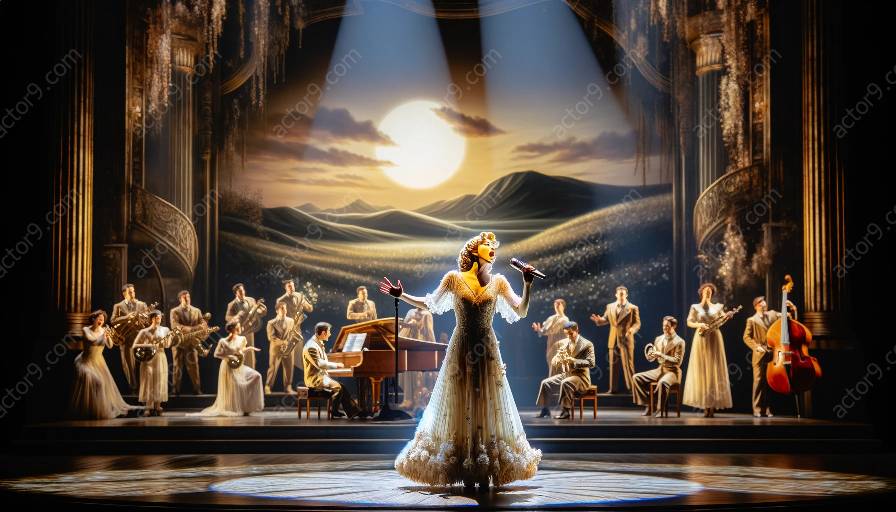Sustaining long musical theatre notes requires specific breathing techniques that are essential for vocal control and endurance. These techniques, which are compatible with musical theatre singing and vocal techniques, are crucial for maintaining pitch, tone, and overall performance quality. In this comprehensive guide, we will explore the important breathing techniques that are integral to successful musical theatre singing, and how they contribute to overall vocal mastery.
Diaphragmatic Breathing
One of the fundamental breathing techniques for sustaining long musical theatre notes is diaphragmatic breathing. This technique involves engaging the diaphragm to draw air deep into the lungs, allowing for greater breath control and support. Diaphragmatic breathing facilitates sustained notes by providing a steady stream of air to the vocal cords, enabling singers to maintain consistent sound and intensity.
Controlled Exhalation
Controlled exhalation is another crucial technique that directly impacts the sustainability of musical theatre notes. By regulating the release of air during singing, performers can effectively manage the duration and power of their vocal phrases. This control is vital for sustaining long notes without sacrificing tone or pitch accuracy.
Engagement of the Core
Incorporating core engagement into breathing practices is essential for sustaining long musical theatre notes. Strengthening the abdominal and lower back muscles not only supports diaphragmatic breathing but also contributes to stability and endurance during extended vocal performances. A solid core foundation allows singers to maintain control and prevent loss of breath while holding out powerful notes.
Phrasing and Breath Management
Understanding phrasing and breath management is key to sustaining musical theatre notes. By strategically planning breath intake and release within song phrases, performers can maximize their vocal sustainability. Proper phrasing techniques ensure that singers have sufficient breath reserves for prolonged notes, without compromising the overall musical expression and emotional delivery.
Resonance and Airflow
Optimizing resonance and airflow is an integral part of sustaining long musical theatre notes. By focusing on proper resonance placement and efficient airflow, singers can achieve greater vocal projection and longevity. This technique allows for sustained notes to resonate effectively within performance spaces, enhancing their impact and clarity.
Performance Integration
Integrating breathing techniques seamlessly into musical theatre performances is essential for sustaining long notes while maintaining expressive delivery. Performers must practice incorporating these techniques into their stage presence, ensuring that breath control and support enhance the overall impact of their vocal performances. By harmonizing breathing techniques with vocal expression, singers can create captivating, sustained musical moments that resonate with audiences.









































